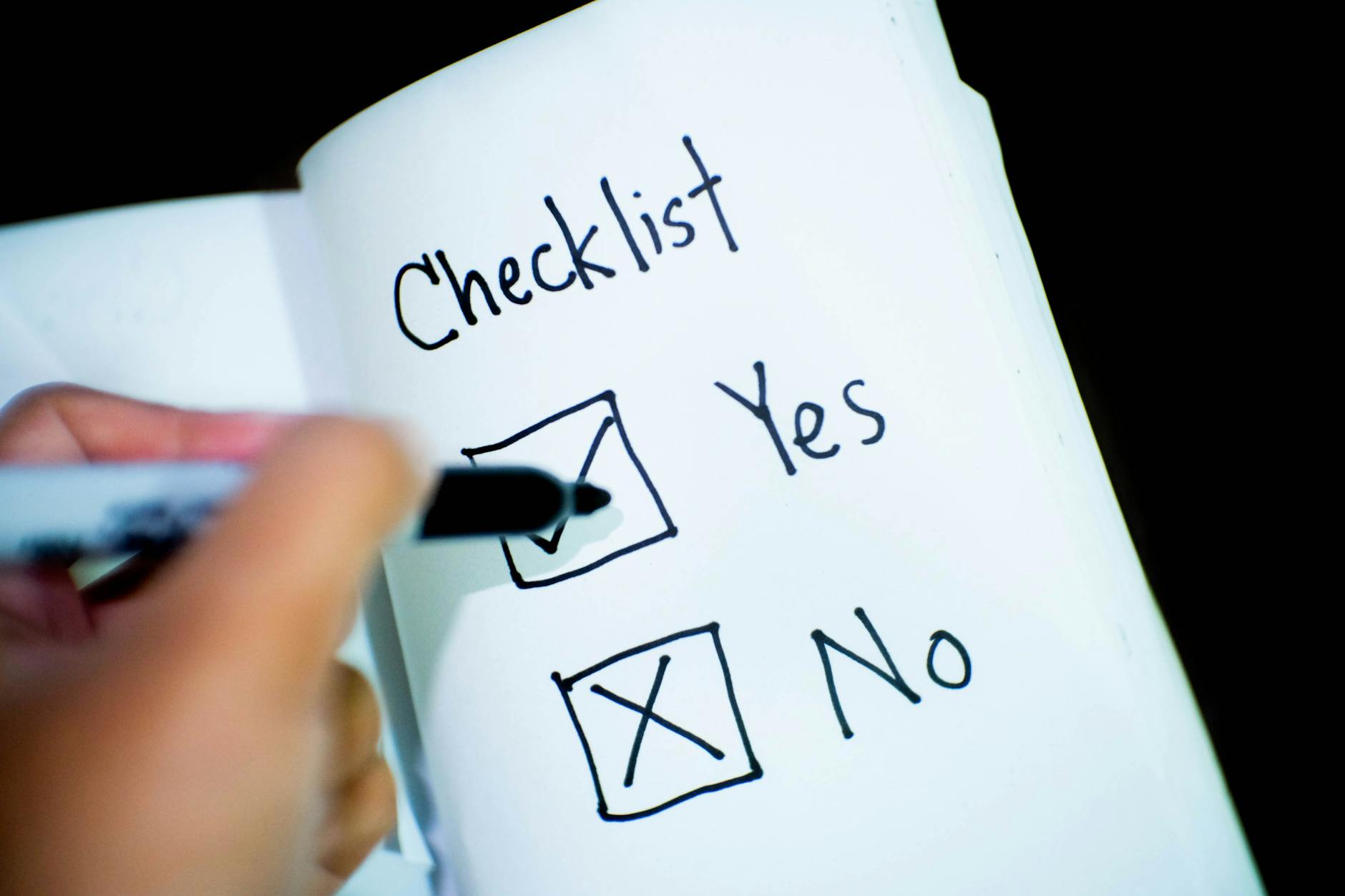What is Web Accessibility Check? Its Importance and Practical Implementation
Creating an accessible environment for all users to interact with websites is crucial in today’s internet society. One essential process for achieving this is the “web accessibility check.” In this article, we will explain the basic knowledge of web accessibility checks, practical methods for implementation, and key points to consider when performing the checks. This guide is particularly useful for beginners or web creators and operators looking to improve accessibility.
What is Web Accessibility Check?
A web accessibility check is the process of evaluating whether a website is usable for various types of users. The term “various users” includes individuals with visual, auditory, or physical limitations, older adults, and those with limited technological environments.
Why is it important?
-
Legal Obligation
In Japan, public institutions and businesses are required to address accessibility based on laws such as the “Disability Discrimination Elimination Act” and “JIS X 8341-3 (Web Content Accessibility Guidelines).” -
Improved User Experience
Ensuring accessibility provides a smooth experience for all users. For example, making sure that the site is fully navigable by keyboard or accessible to screen readers. -
SEO Impact
Improving accessibility can enhance search engine rankings. Google tends to favor websites with good accessibility, potentially increasing traffic.
Main Standards for Web Accessibility Checks
When performing web accessibility checks, international and domestic standards are typically referred to.
-
WCAG (Web Content Accessibility Guidelines)
Internationally recognized guidelines based on four principles: “Perceivable,” “Operable,” “Understandable,” and “Robust.” -
JIS X 8341-3
Japan’s web accessibility standards, based on WCAG, designed for the domestic audience. -
ARIA (Accessible Rich Internet Applications)
Specifications to improve accessibility for dynamic web content and interactive elements.
Key Checkpoints
-
Alternative Text for Images
Ensure that proper alternative text is provided for images and videos. -
Color Contrast Adequacy
Evaluate whether the contrast between text and background is sufficient. -
Keyboard Operation Support
Check whether all functions can be operated using only the keyboard. -
Labeling Forms Properly
Ensure that form labels are correctly set and can be recognized by screen readers. -
Clarity of Error Messages
Check if error messages are clear when there are input mistakes.
Specific Methods for Web Accessibility Checks
When conducting web accessibility checks, combining manual and tool-based methods is efficient. Below are specific methods and recommended tools.
1. Automated Tool Checks
Web accessibility check tools can quickly identify basic issues. Some popular tools include:
- Wave: A browser extension that visually highlights problem areas.
- axe: A tool for developers, available as a Chrome and Firefox extension.
- Lighthouse: A Google tool that evaluates performance, including accessibility.
2. Manual Checks
Since tools may miss some issues, manual checks are necessary. Here are some steps to follow:
-
Check via Keyboard
Use the tab key and enter key to test if all pages are fully navigable without a mouse. -
Check with Screen Readers
Use NVDA (free) or VoiceOver (Mac built-in) to check if the content can be understood audibly. -
Visual Check
Measure the contrast ratio using online tools to confirm it meets the minimum standard (4.5:1).
Key Points for Effective Web Accessibility Checks
To effectively conduct accessibility checks, it is important to keep the following points in mind:
-
Conduct Regular Checks
Since websites are updated frequently, conducting regular checks helps identify new issues early. -
Consider User Perspective
Think about how real users with disabilities might interact with the website as you conduct the checks. -
Collaborate with Your Team
Designers, developers, and writers must work together to improve accessibility. -
Make Accessibility a Culture
Accessibility should not be a one-time fix, but rather a foundational part of web development.
Benefits of Running an Accessibility-Conscious Website
Improving web accessibility provides several key benefits:
-
Expanded User Base
By making websites accessible to more users, you can reach a broader audience, including potential customers. -
Improved Brand Image
Companies and organizations that focus on accessibility are often viewed as socially responsible. -
Avoidance of Legal Risks
Accessibility compliance helps avoid legal risks associated with accessibility-related lawsuits.
Conclusion: The Significance of Web Accessibility Checks
Web accessibility checks are an essential process for ensuring that everyone can access information equally. By using tools and performing regular manual checks, you can create a user-friendly website. This not only builds social trust but also helps you reach a wider audience.
Start implementing accessibility checks today to create a more inclusive web environment for everyone.
We also offer the UUU Web Accessibility Widget Tool, which makes it easy to improve accessibility. If you’re interested in improving your website’s accessibility, check out the details!
